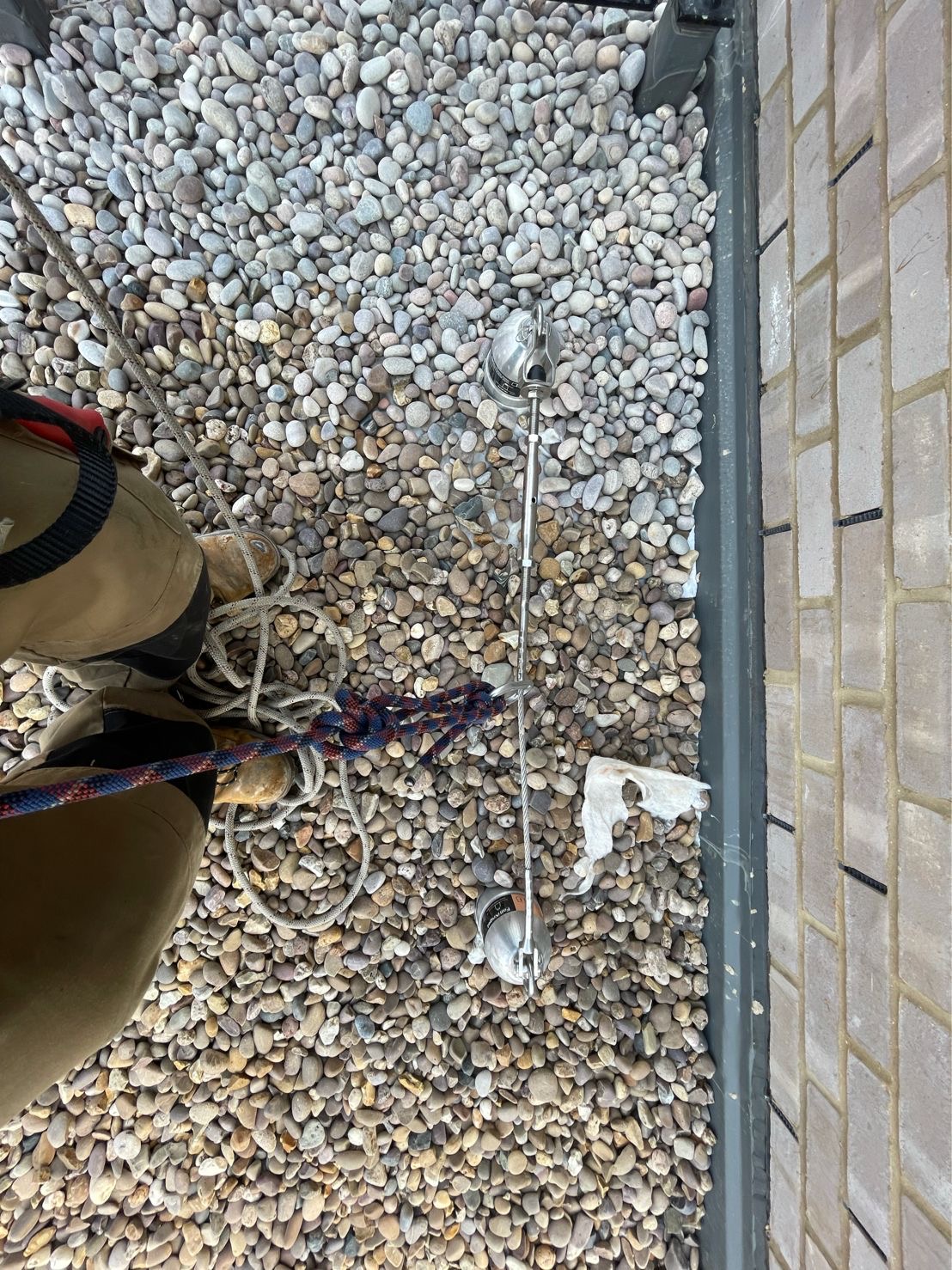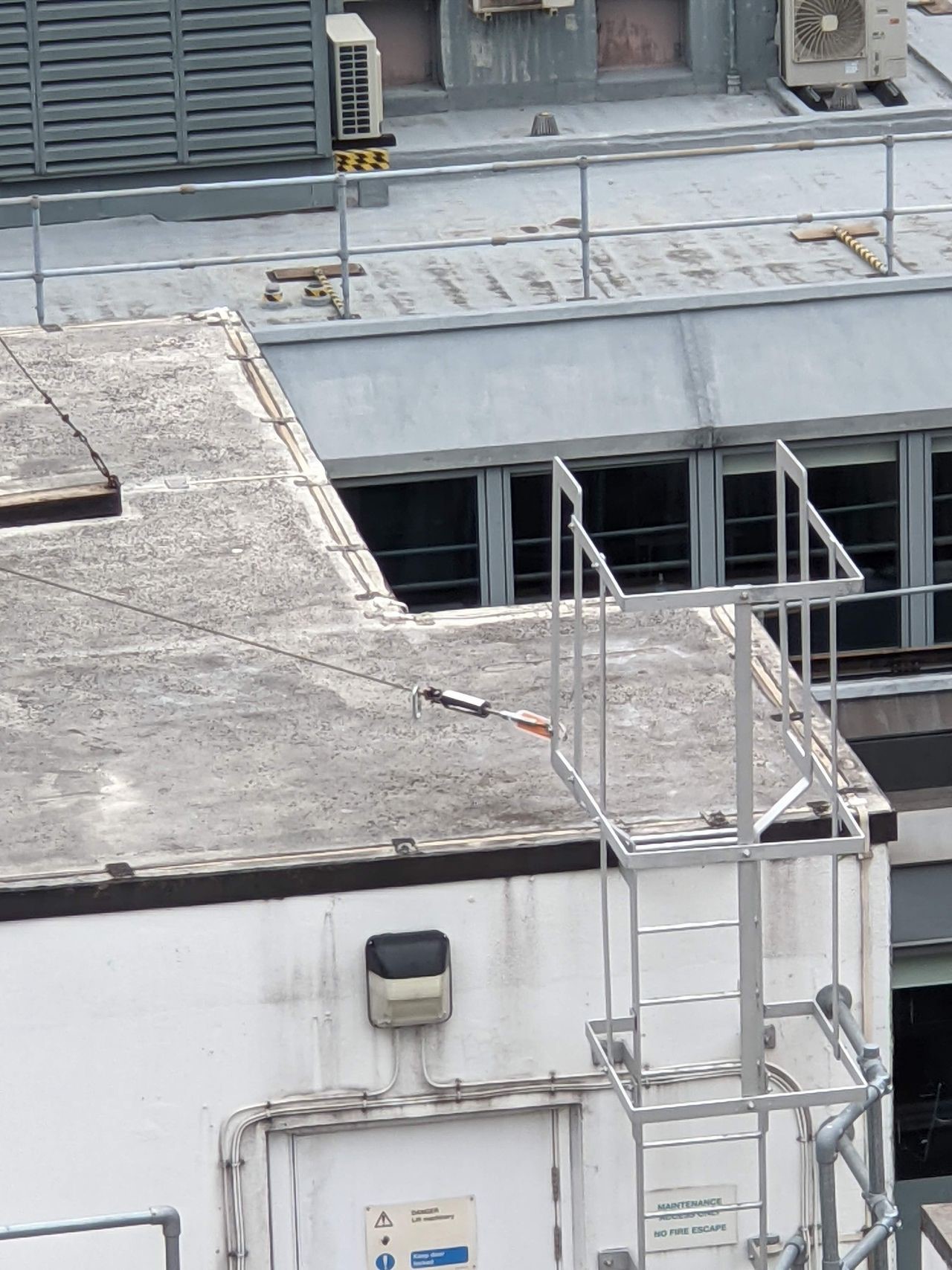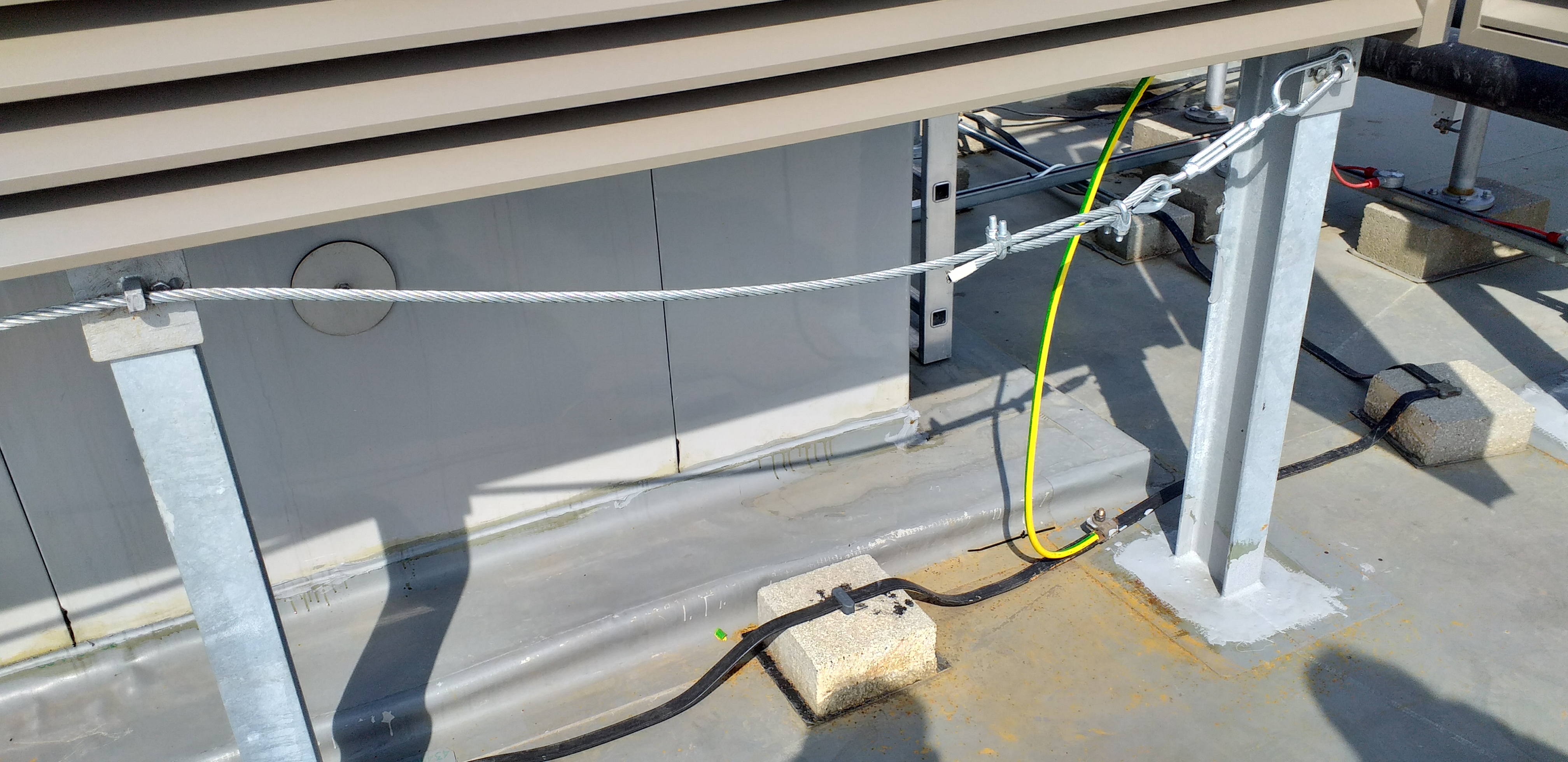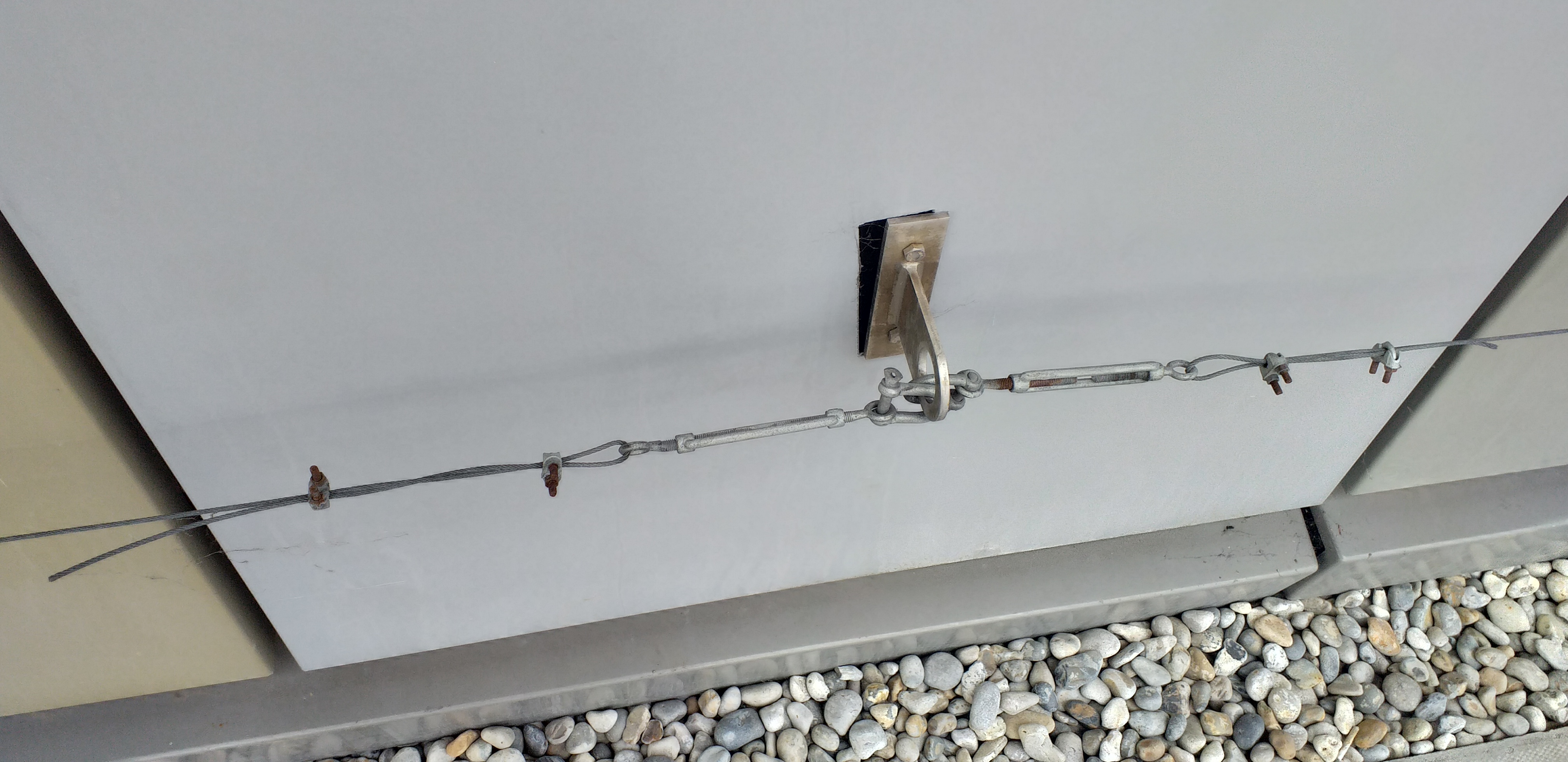BS 8681:2024– Personal fall protection equipment – Anchor systems – Provider competence – Specification
This specification has now been completely drafted and will be out for public consultation during April 2024 and subsequently published Autumn of 2024.
This Standard provides a complementary Standard to BS 7883:2019 for the purpose of providing the duty holder (which may include construction contractors, building managers or building owners & property professionals ) with the checks and balances to determine the competence and professionalism of a those manufacturers, designers, fabricators, installers, trainers and inspectors operating within the fall protection industry.
The duty holder or auditing organisation (Safety Schemes in Procurement – SSIP) may use this standard as part of their auditing process as the annexes provide a check list that auditors may adopt during an ISO accreditation audit of those involved in providing fall protection solutions.
The key features of BS 8681 include:
• The duty holder:
The duty holder has the right to expect that their property is designed, built, and maintained in a way that is safe. Persons who need to access and maintain parts of the property need to have confidence and trust in the providers responsible for manufacturing/fabricating, specifying, designing, installing, inspecting and training the access equipment and that safety is a priority.
• Competence:
Competence of all who provide services and products throughout the life of a building is key to achieving this outcome. This British Standard formulates minimum bench marking for duty holders to establish providers capability and competence.
• Behaviours:
The role of all involved in fall protection (i.e. the providers) is about behaviours as much as competency. The approach taken in BSI Flex 8670, which is reflected in this British Standard, is to embed behaviours in the functions, activities and tasks that are required to manage the provision of personal fall protection systems.
• The Functional Roles:
Each of the functional roles are defined with the requirements and responsibilities including competence and behaviours, to fulfil their roles. These are defined under the following headings:-
a) duty holders;
b) manufacturers and fabricators;
c) system designers;
d) installers;
e) inspectors;
f) Trainers; and
g) other interested parties, e.g. specifiers, architects and structural engineers, and those who are responsible for the design of safe access and egress on buildings and structures.
• Requirements:
There are a number of requirements within the Standard. A selection of just a few are listed below:
a) Competence;
b) Supervision;
c) Mentoring;
d) Assessment;
e) Process Audit;
f) Management System;
g) Record Keeping;
h) Trainers;
i) Assessment and certification of trainees on completion of the course;
j) Minimum information to be given on the certificate, or other documentary evidence, issued for the course.
• Annexes
To Assist the auditing process detailed annexes have been developed for the following:
User competence;
Training matrices, records of training and work experience;
Training matrix for each type of provider – core knowledge and skills;
Matrix of underpinning qualifications required for each type of provider;
Training matrix for providers – vocational training;
Example of an individual training record;
Example of a record of work experience;
Example of an audit plan (normative).
Public Consultation:
The chance to comment on this document will be the spring of 2024. We urge all those within the fall protection industry to add their thoughts and comments and make this a world-class standard.
This Standard will complement BS 7883:2019 which is a best practice document used by industry which is widely considered to be the most important document relating to the installation and inspection of anchor systems, not only in the UK but also throughout the world.
Graham Willmott
BSIF (HSG) Chairman






